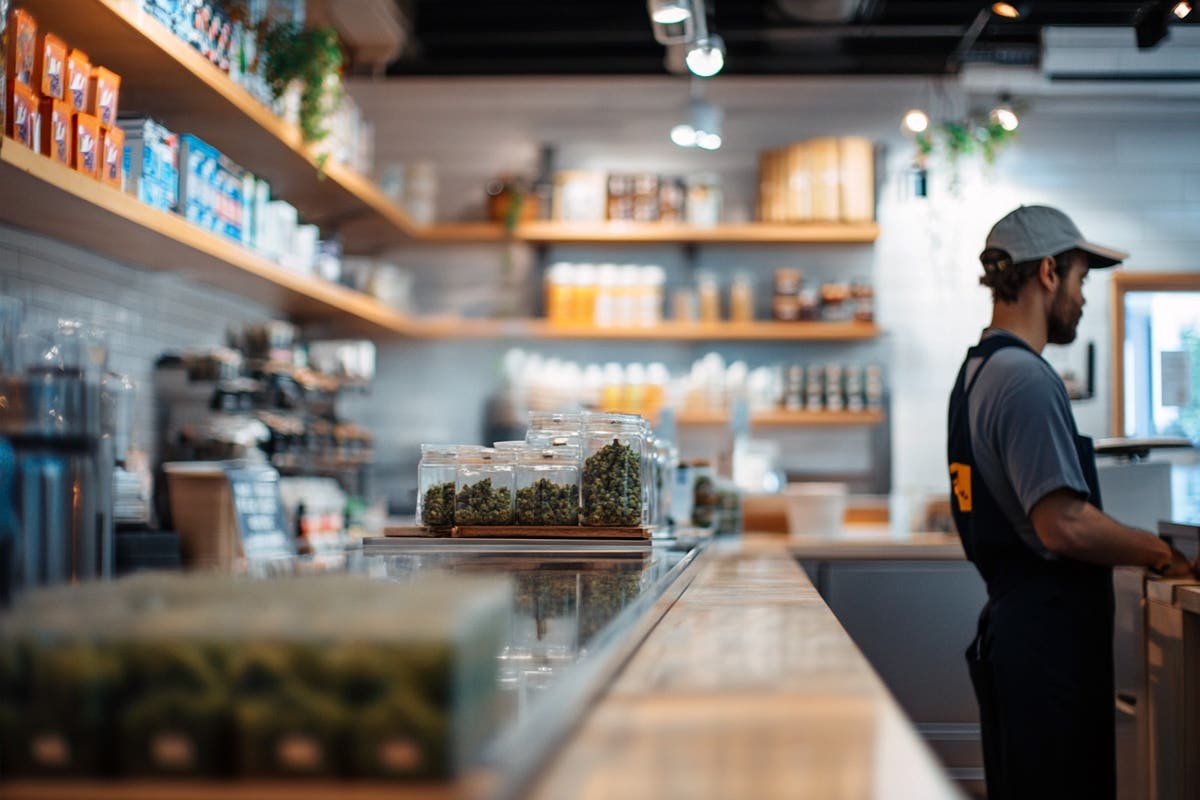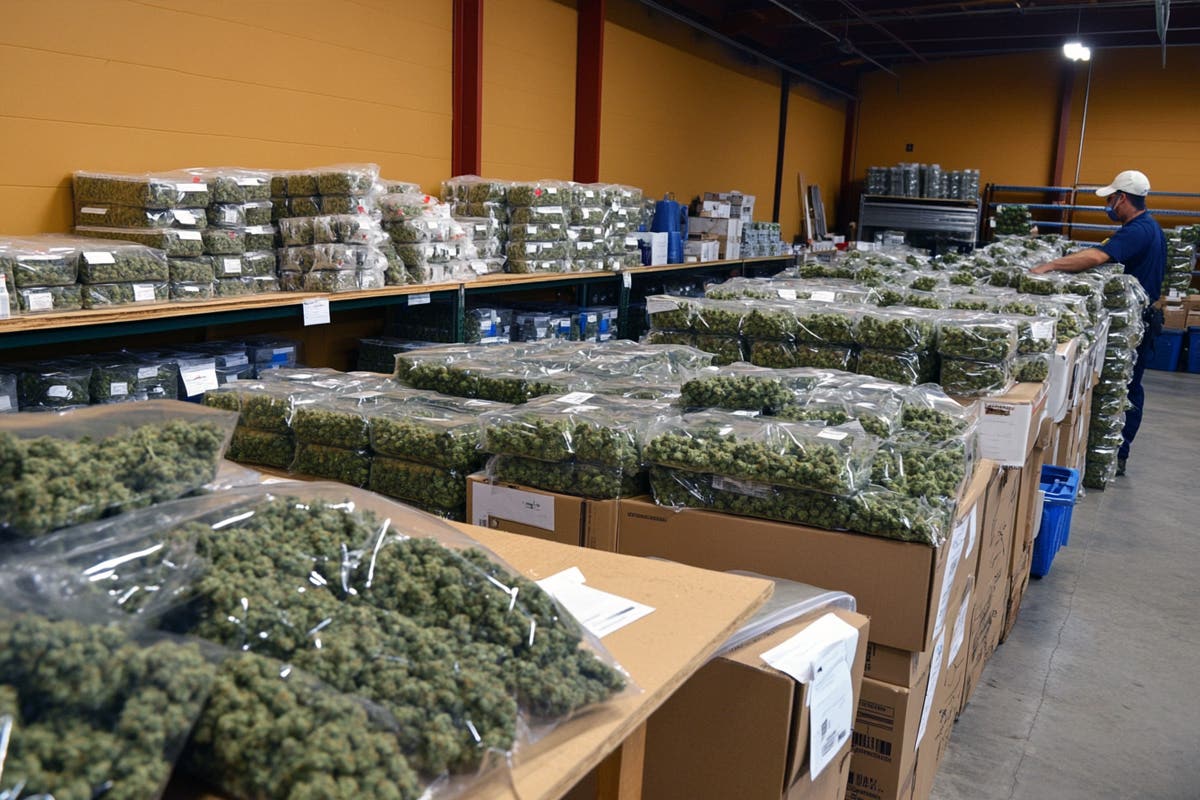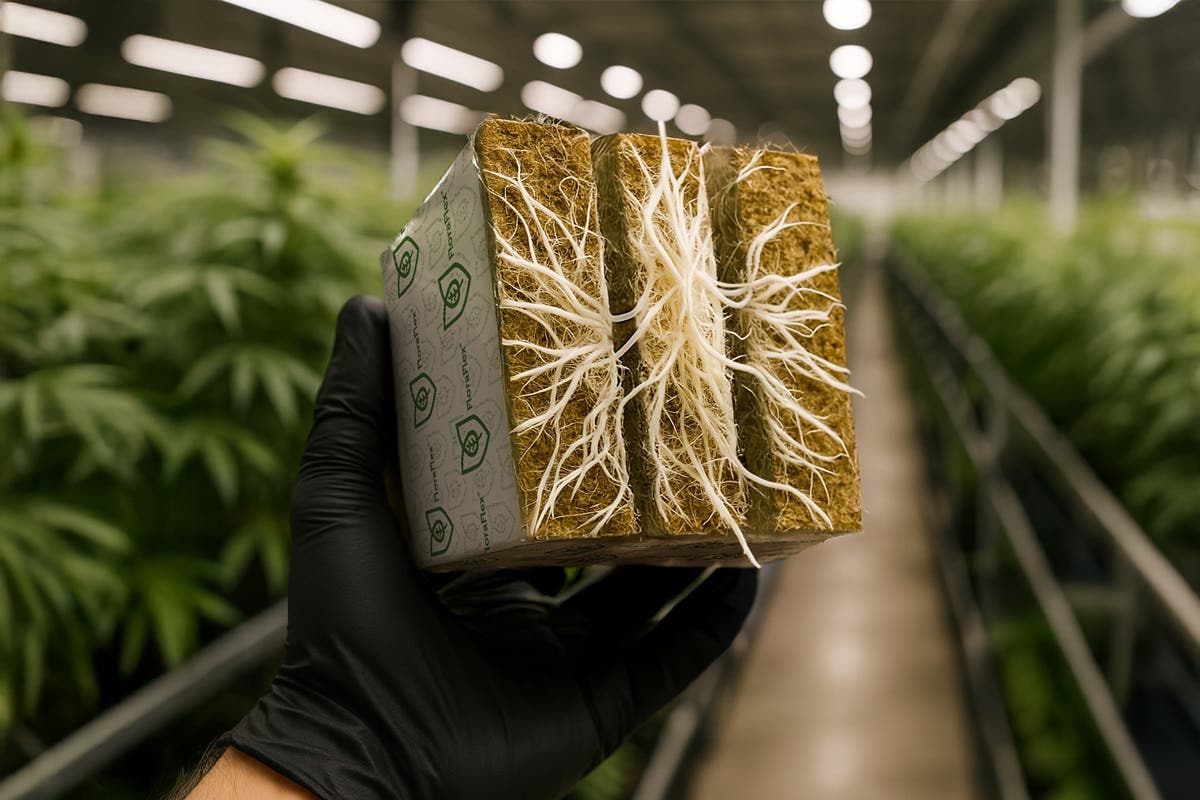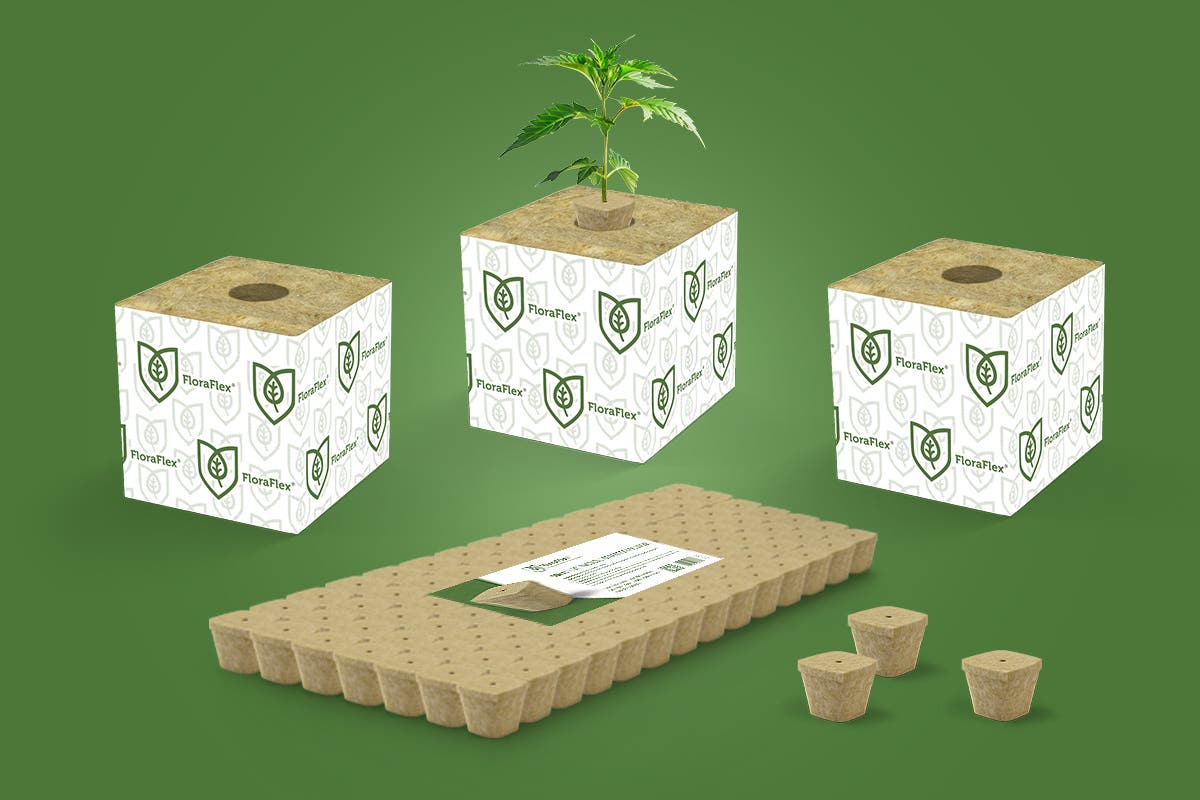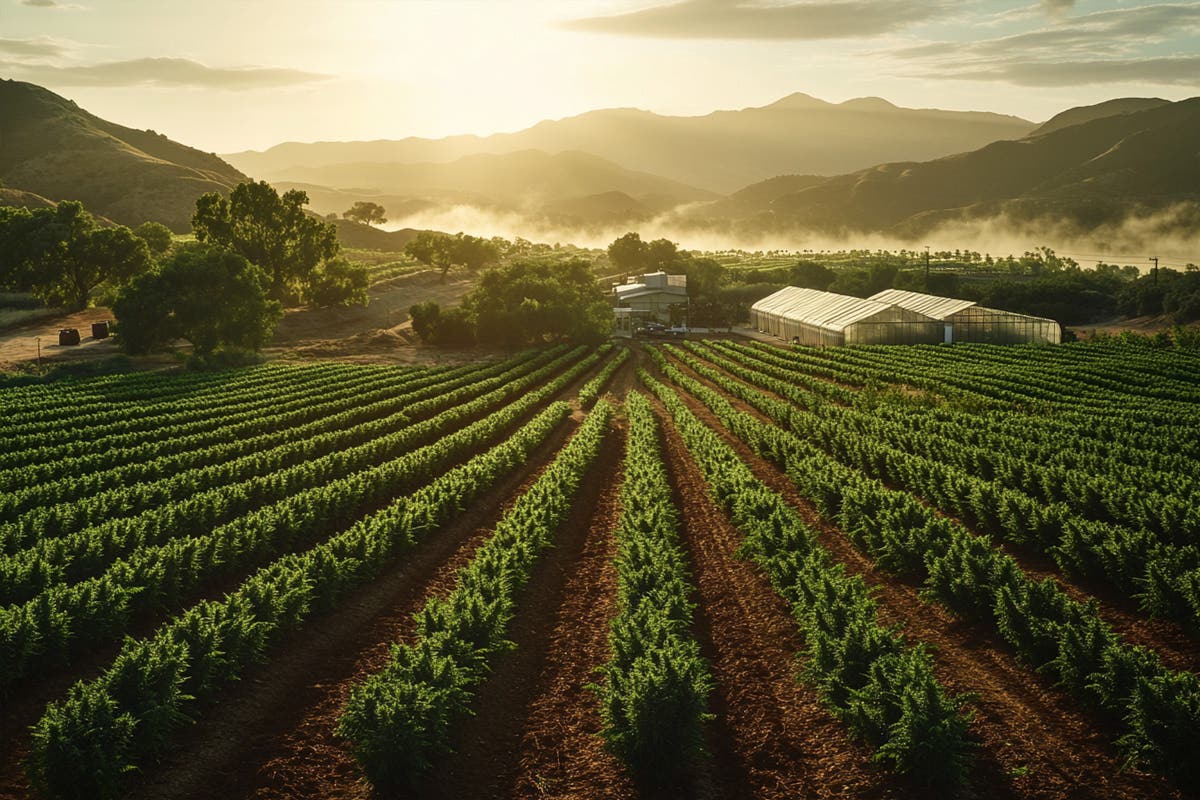Benefits of Pruning and Training
-
Increased Light Penetration: Pruning and training techniques open up the canopy, allowing light to reach lower bud sites. This promotes more even bud development and increases the overall yield potential.
-
Improved Airflow: By removing excess foliage and creating a more open canopy, pruning and training techniques facilitate better airflow within the plant. Improved airflow reduces the risk of mold, mildew, and other pests, promoting healthier plants.
-
Optimized Bud Development: Pruning techniques direct the plant's energy toward top colas and main branches, encouraging larger, denser buds to form. Training techniques spread out bud sites, allowing for more uniform development and preventing overcrowding.
Pruning Techniques
-
Selective Defoliation: Carefully removing specific leaves and branches throughout the vegetative and early flowering stages allows for better light penetration and airflow. Focus on removing shaded or damaged foliage to redirect resources to more productive areas of the plant.
-
Topping: Topping involves removing the apical (top) growth tip of the main stem, encouraging the plant to develop multiple main colas. This technique increases the number of top bud sites and promotes bushier growth.
-
Lollipopping: Lollipopping involves removing lower branches and foliage that receive less light. By concentrating energy on upper bud development, lollipopping helps redirect nutrients to more productive parts of the plant.
-
Monster Cropping: Monster cropping is a technique that involves taking cuttings from flowering plants and rooting them to create new vegetative plants. This method results in bushier growth and increased bud production.
Training Techniques
-
Low-Stress Training (LST): LST involves gently bending and tying down the branches of the plant to create a more horizontal canopy. This technique allows for better light distribution, promotes even bud development, and prevents the dominance of a single cola.
-
Screen of Green (ScrOG): ScrOG involves using a screen or netting to create a horizontal canopy. As the plants grow, branches are woven through the screen, creating an even canopy and maximizing light exposure to bud sites.
-
Super Cropping: Super cropping involves strategically pinching or bending stems to create stress points. This technique strengthens the plant, promotes lateral growth, and increases the number of bud sites.
Timing and Considerations
-
Vegetative Stage: Pruning and training techniques are most effective during the vegetative stage when plants have ample time to recover and redirect energy. Implement these techniques early on to shape the plant's structure and promote vigorous growth.
-
Recovery Time: Allow plants sufficient recovery time after pruning or training. This ensures they can heal and resume healthy growth before transitioning into the flowering stage.
Pruning and training techniques offer valuable opportunities to boost cannabis yields and optimize plant health. By selectively removing foliage, shaping plant structure, and manipulating growth patterns, cultivators can increase light penetration, improve airflow, and promote optimal bud development. Understanding the different pruning and training techniques and their appropriate timing allows cultivators to harness the full potential of their cannabis plants, resulting in higher yields and more abundant harvests.









